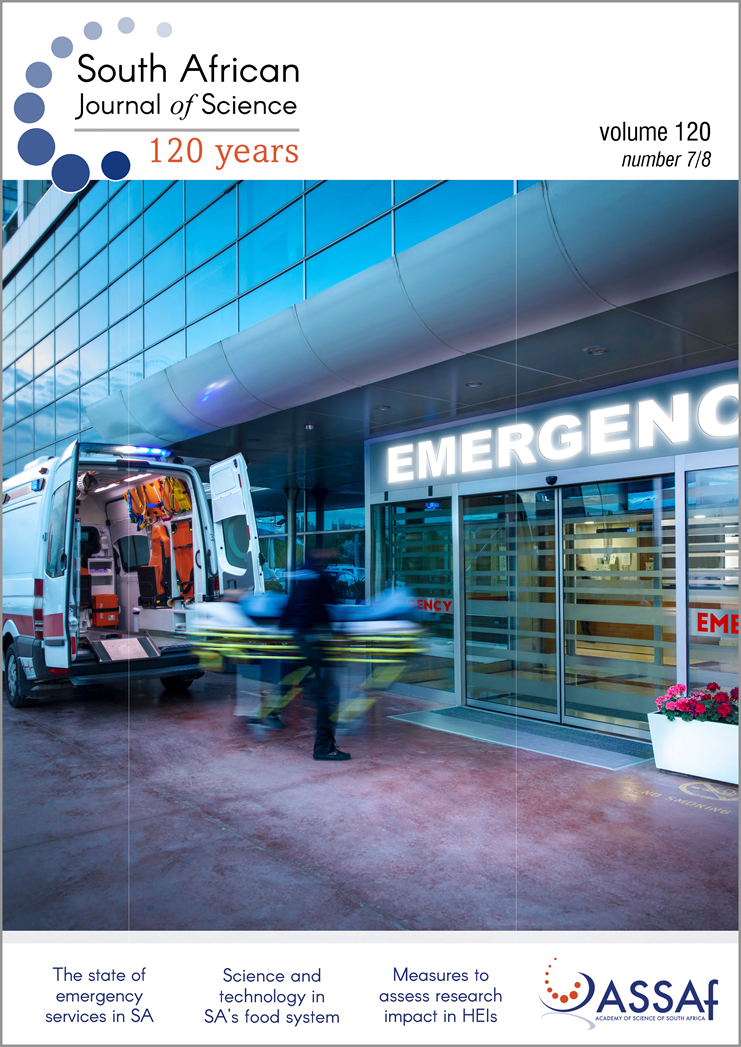Availability of antidotes for drug poisonings and doctors’ perspectives thereof
DOI:
https://doi.org/10.17159/sajs.2024/16394Keywords:
antidotes, poisoning, organophosphate, paracetamol, emergency departmentAbstract
Drug poisoning is an important area of study in South Africa as a treatable cause of mortality. While research has been conducted on poisoning, there is a paucity of literature on the availability of antidotes in South Africa. The objectives of this study were to assess the availability of antidotes in selected teaching hospitals in the Southern Gauteng City-Region and to explore doctors’ experiences of antidote supply. The availability of antidotes in the emergency departments (EDs) and pharmacies was assessed and recorded using a data sheet that was completed in person at each of the teaching hospitals. A questionnaire exploring experiences of antidote supply was distributed to 126 doctors working in the EDs. Our results indicate that N-acetylcysteine, atropine, diazepam, clonazepam, sodium bicarbonate, vitamin K, calcium gluconate, naloxone, ethanol, and pyridoxine were present in all EDs; activated charcoal was present in 80%; lorazepam, glycopyrrolate, and calcium chloride in 60%; freeze-dried plasma in 40%; glucagon and desferrioxamine in 20%; and fresh frozen plasma, hydroxocobalamin, sodium nitrite, sodium thiosulfate, sodium calcium edetate, and intralipid were not present in any of the EDs. Doctors reported organophosphate poisoning and paracetamol overdose as the most common drug poisonings (81.7% and 14.3% of 126 respondents, respectively). Most doctors experienced no supply issues for N-acetylcysteine, calcium gluconate, sodium bicarbonate, or pyridoxine (85.7%, 83.3%, 87.3%, and 75.4% of 126 respondents, respectively). The antidotes to the most common poisonings reported by doctors were present in all EDs. However, concerns were raised about consistency of supply, which will be an important avenue for further research.
Significance:
- These findings highlight the lack of uniform availability of antidotes to common and critical drug poisonings in emergency departments.
- The experiences of doctors in Gauteng concerning the most commonly encountered poisonings contrast with existing literature from South Africa, suggesting regional differences within the country.
Published
Issue
Section
License

All articles are published under a Creative Commons Attribution 4.0 International Licence
Copyright is retained by the authors. Readers are welcome to reproduce, share and adapt the content without permission provided the source is attributed.
Disclaimer: The publisher and editors accept no responsibility for statements made by the authors
How to Cite
- Abstract 403
- PDF 430
- EPUB 250
- XML 197













.png)